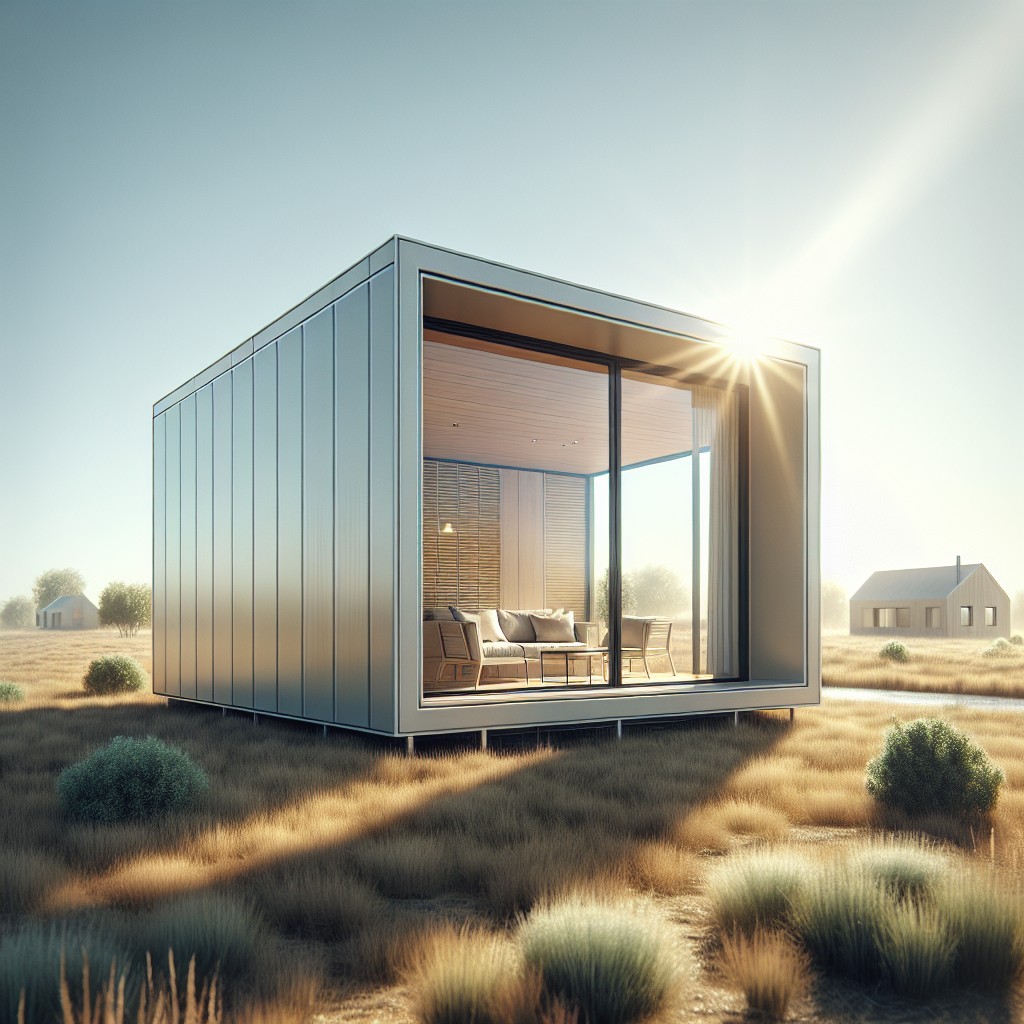Last updated on
Discover practical insights into the plumbing requirements and considerations for your accessory dwelling unit (ADU) to ensure functionality and compliance with local regulations.
Key takeaways:
- Check local codes for water and sewer connections
- Budget for water and sewer lateral upgrades
- Consider gas service and metering requirements
- Avoid utility-related mistakes during construction
- Coordinate plumbing with ADU design and construction
Assessing Water and Sewer Connection Requirements for ADUs

Before breaking ground for your ADU, it’s vital to check local codes and ordinances concerning water and sewer connections. These regulations will determine whether an independent connection to the main line is necessary or if you can tie into existing services. Independent connections ensure that the ADU’s usage is separate from the main house, which can be useful for billing purposes if the unit will be rented out.
Municipalities often have specific requirements for pipe size and material to meet health and safety standards. Ensuring compliance from the outset will prevent costly revisions during the inspection phase. When evaluating the property, factor in the location of current lines and the potential for easements, which could affect where you place your ADU.
While permits and fees can seem like bureaucratic hurdles, they serve to certify that your ADU’s water and sewer lines are professionally installed and up to code. Skipping this step can lead to non-compliance fines and increased costs down the road. Always consider bringing in a licensed plumber early in the planning process. Their expertise could save you time and money, ensuring that water flows reliably to your ADU and wastewater is properly managed, safeguarding both your property and the environment.
Cost Implications of Water and Sewer Lateral Upgrades
When constructing an ADU, existing water and sewer laterals may need upgrading to handle additional load, directly affecting project costs. Planning for these upgrades early on can prevent budget overruns and construction delays. Typically, adding an ADU means higher demand on your property’s water supply and sewage systems.
Upgrading water laterals involves replacing smaller pipes with larger ones to ensure adequate water flow. For sewer connections, increased capacity is necessary to manage additional wastewater. It’s important to consult with local utilities and authorities to understand the specific requirements and fees associated with these upgrades.
The cost of upgrades can vary widely based on factors like the distance between the main house and the ADU, the condition of existing infrastructure, and local permitting fees. Having a realistic budget that accounts for these often-overlooked expenses is critical. To mitigate these costs, it might be useful to compare the quotes of different licensed contractors and also to check if your city offers any waivers or subsidies for ADU developments.
Remember, while the upfront cost may seem steep, these upgrades are a long-term investment in your property’s value and functionality. Ensuring that your ADU’s plumbing system is robust from the start can save you from costly repairs and renovations down the line.
Connecting ADU to Gas Service and Metering Considerations
When connecting an ADU to existing gas services, several pivotal points come into play. First, it’s essential to determine if the current meter has the capacity to handle an additional dwelling’s gas demands or if an upgrade is necessary. This involves a consultation with the local gas company to review the existing service and calculate the requirements of the new unit.
Secondly, you’ll need to consider the placement of gas appliances within the ADU. This impacts the routing and length of new gas lines. Keeping a compact layout not only enhances efficiency but can also trim down installation costs.
Moreover, safety regulations are paramount. Any gas line extension or new installation must comply with local codes and standards, typically requiring a professional’s expertise. Securing permits beforehand is crucial to avoid fines and ensure a legally compliant and safe ADU.
Finally, on the matter of metering, the decision to install separate meters for the primary residence and ADU hinges upon the homeowner’s preference and local utility policies. Separate meters offer the benefit of distinct billing, simplifying cost-sharing if the ADU is rented out. However, this comes with additional upfront costs for the second meter and the potential excavation and piping required.
Overall, it’s a fine balance of adhering to regulations, managing costs, and planning for efficiency, with experts in the field ready to guide homeowners through these intricate decisions.
Avoiding Common Utility-Related Mistakes in ADU Construction
When constructing an ADU, utility-related oversights can lead to costly delays and headaches down the road. It’s essential to ensure that your plumbing design meets both current needs and any potential future upgrades.
Firstly, coordinate with local utility companies early on. This proactive approach will inform you of any existing infrastructure limitations and help you avoid surprise costs or project modifications.
Secondly, understand the importance of proper sewer connections. In some cases, older sewers may not be equipped to handle increased flow from an ADU. This is where an assessment by a professional can save you from potential backflow issues and environmental hazards.
Furthermore, be mindful of gas lines and electrical wiring locations during the plumbing installation. Accidental punctures can cause dangerous leaks or service interruptions, emphasizing the need for careful planning and execution.
Finally, always adhere to local building codes and regulations. They are in place to ensure safety and functionality, and compliance can prevent legal issues and fines. By paying close attention to these details, you can avoid the pitfalls that sometimes accompany ADU construction.
Coordinating Plumbing With Overall ADU Design and Construction
Effective coordination of plumbing with your ADU’s design and construction process is pivotal to ensure a smooth build and functionality once occupied. Plumbing should not be an afterthought; integrating it into the early design stages prevents costly modifications and delays.
First, map out the flow of water through your living space. Position bathrooms and kitchens near each other to consolidate piping, which can reduce construction costs and improve water pressure. Plan the location of main water valves for easy access in case of emergency shut-offs.
Involve your plumber during design discussions. Their expertise is invaluable, as they can spot potential issues and suggest practical solutions. This collaboration ensures that the structural components like wall studs and floor joists accommodate piping, rather than forcing pipes into awkward, non-ideal paths.
Considering the layout of existing service points is crucial for additions, rather than detached ADUs. The new plumbing should work with, not against, current systems. If creating a detached unit, evaluating the most direct path for connecting to the main house’s utilities saves on excavation and materials.
Lastly, ensure the sequence of construction activities accounts for plumbing installation phases. For example, underground services must be completed before slab pouring, and in-wall services before drywall installation. Proper scheduling prevents having to redo work to accommodate plumbing needs, saving time, money, and frustration.
Related reading:
Table of Contents





